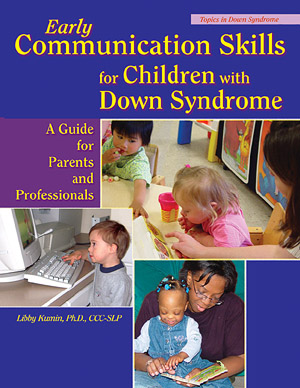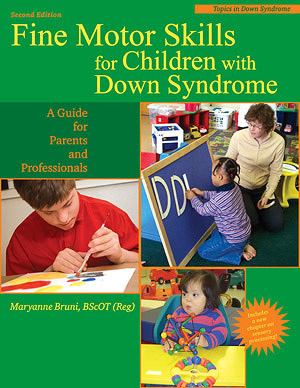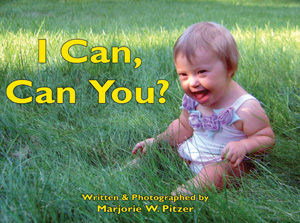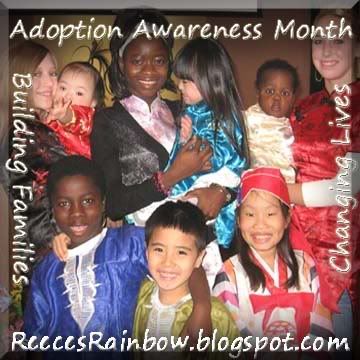21 Ways to Serve Others this Holiday Season
 Thanksgiving is a time to reflect on the things in our lives that we are most thankful for. It is also a time to consider others who do not have as much as us and serve those who are in need. Our sermon at church last Sunday was about serving the world around you, and I have been reflecting this week on ways I can serve those in need and how to teach my children to do the same. While our family is not rolling in money, we have more than enough and more than we need. We are truly blessed!
Thanksgiving is a time to reflect on the things in our lives that we are most thankful for. It is also a time to consider others who do not have as much as us and serve those who are in need. Our sermon at church last Sunday was about serving the world around you, and I have been reflecting this week on ways I can serve those in need and how to teach my children to do the same. While our family is not rolling in money, we have more than enough and more than we need. We are truly blessed!
My children do not want for anything and it is important to my husband and I that our children are aware of the wonderful blessings in their lives and cognizant of those who do not have the luxuries and the necessities of life. We very much want for them to have hearts for serving others and know that the best way to instill servant hearts in them is to have servant hearts ourselves!
There are so many people in our communities who are in need. Here are some way you and your family can really make a difference in someone’s life this holiday season:
1. Visit with residents of your local nursing home or assisted living facility.
2. Adopt a family in need and make them a holiday dinner, bring their children presents, and give them a Christmas they may not have otherwise had.
3. Contact your local Ronald McDonald House to serve families of children who are hospitalized during the holidays.
4. Contact your local Pregnancy Crisis Center to serve pregnant mothers in need.
5. Bake cookies for your neighbors.
6. Serve Thanksgiving or Christmas dinner to the homeless in your community.
7. Pick a child from an Angel Tree.
8. Leave a really generous tip the next time you eat out!
9. Invite a family or someone who is not able to spend the holidays with their own family over to your house for Thanksgiving or Christmas dinner.
10. Take your family caroling to your local hospital, retirement community, or nursing home.
11. Make a shoebox of toys for Operation Christmas Child.
12. Sponsor a child through Compassion International.
13. Sponsor an orphan with Down syndrome through Reece’s Rainbow’s Christmas Angel Tree Project.
14. Contact your county for information on how to help foster children in your area this holiday season.
15. Visit members of your church who are in the hospital.
16. Offer to dog-sit for friends who are traveling during the holidays so they do not have to pay expensive kennel costs.
17. Contact your local ARC and see how you can help make the holidays extra special for people with disabilities.
18. Offer to run errands or drive an elderly or sick neighbor to doctor appointments.
19. Keep packed snacks in your car for those who are asking for money or food at street corners. {I got this idea from our church}
20. Next time you’re at drive-thru, tell the cashier that you want to pay for the person’s tab behind you as well as a gift…even though you don’t know them!
21. Have your children decorate cards, ornaments, or cookies to send to our military troops overseas.
What are some ways you plan on serving others this holiday season? How do you instill attitudes of serving others in your children throughout the year?
Share the fun: Email + Del.icio.us + Digg + Technorati














